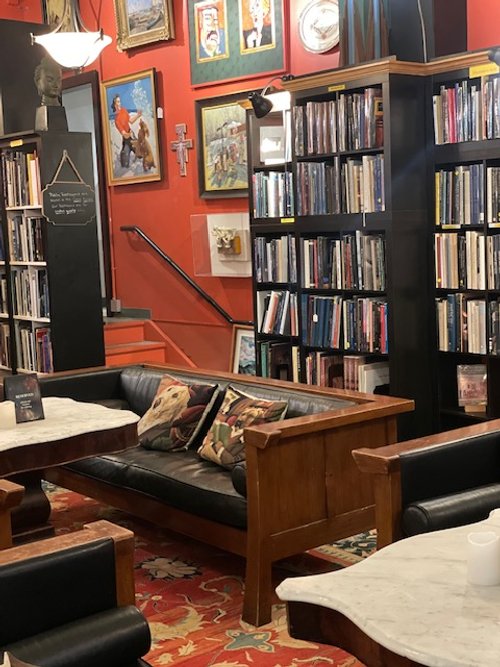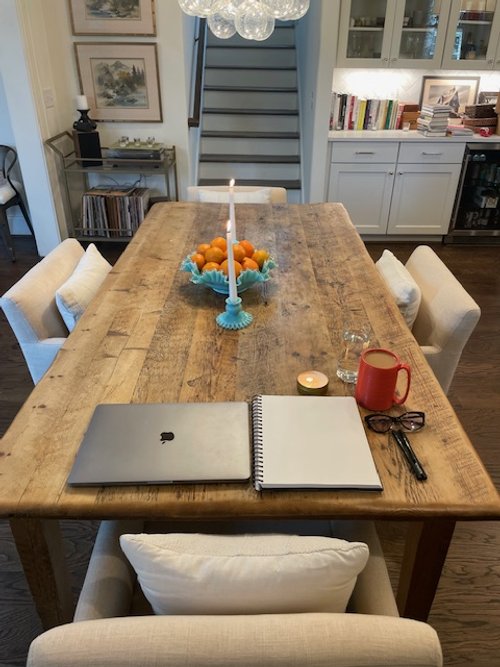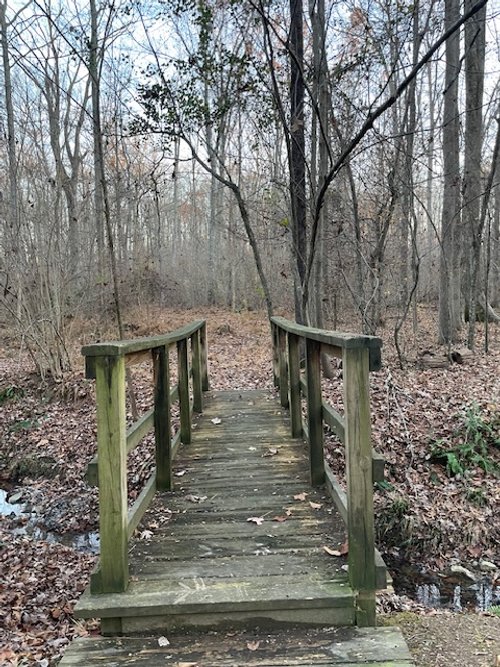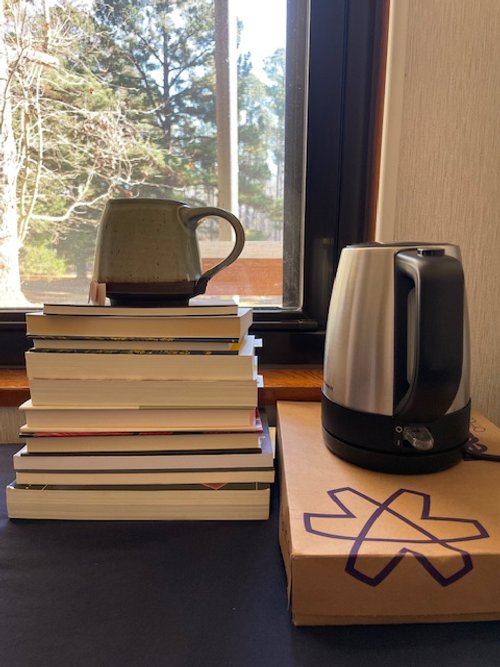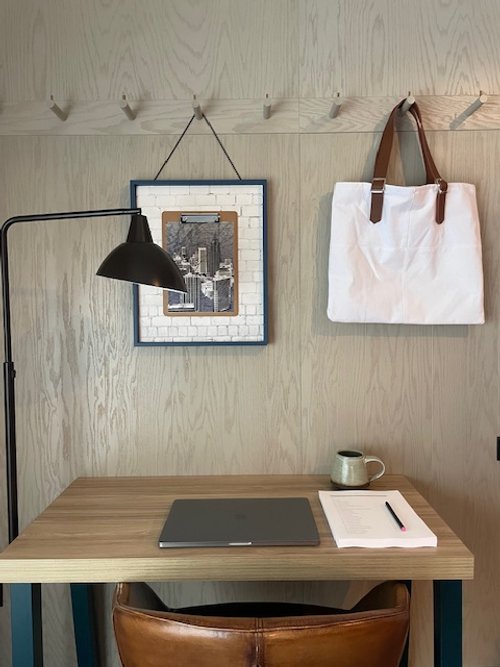The Lent Solo Writing Retreat
This Solo Writing Retreat resource is primarily for Christians but I believe all of us can benefit from being intentional about releasing, being generous, and responding through creativity. - Charlotte
A Statement about My Faith
I'm a Christian, but I am not pushy about issues connected to faith and spirituality. I want my readers, clients, and broader audience to know I'm a progressive contemplative Christian, and several of my spiritual direction clients come from other (or zero!) faith traditions. Many people aren't even sure what they believe.
My primary goal for Spiritual Direction for Writers®--and all of my work--is to help people notice how they belong to themselves, others, and the world. This exploration of belonging to time is a sort of soulful noticing common to all humans regardless of one's faith tradition or lack thereof.
An Introduction to Lent
“We arrive at Lent, those forty days (not including Sundays) leading up to Easter. It’s that time when the church—and the soul—faces the tomb, aware of its own mortality, seeking the promise of light on the other side. It’s a journey we make alone, yet not alone, surrounded as we are by those who have caught a glimpse of sunrise. And we need them.” –Sarah Arthur, Between Midnight and Dawn: A Literary Guide to Prayer for Lent, Holy Week, and Eastertide
The Roots of Lent
Repentance and Conversion: The putting off of the old life and the putting on of the new as we prepare for the celebration of Easter and Eastertide. This putting off and putting on is something that continues to happen, it’s not a one and done sort of thing. The season of Lent brings us back to the basics of repentance and faith. It helps us pause and return to the foundations of the truths of the gospel. –Paraphrased from Robert E. Webber, Ancient-Future Time: Forming Spirituality through the Christian Year
A Few Words about Questions and Doubt
“Whether your faith is that there is a God or that there is not a God, if you don’t have any doubts you are either kidding yourself or asleep.” –Frederick Buechner, Wishful Thinking
If you aren’t sure what to think about God or Jesus or Jesus’s birth or his death or his resurrection, try to lean into your questions. You might not find answers immediately. You might discover even more questions. But embrace the freedom to wonder what’s true and what’s not true. Embrace the freedom to be where you are right now. We all have questions and doubts at times. Can we have faith without doubt?
Traditional Lenten Practices
Fasting
Almsgiving
Prayer
Lenten Practices That Make Space for Writing and Creativity
All spiritual and contemplative practices help us notice the presence of the divine. We don’t engage with them to become better people or better Christians. We do spiritual practices to commune with the divine.
Fast: Release and surrender something that is taking too more of your energy and attention than you prefer. Maybe something you sometimes serve as an idol. (An idol is something, possibly even a good thing, that gives you life in ways that are sometimes unhealthy).
Give: Be generous and charitable out of gratitude for all that you have received.
Pray: Abide with creativity (or celebrate creativity) as a prayer. Be on the lookout for the presence of God as you create or celebrate the creativity of others.
Receive: Accept (and rest in) God’s unending grace and unconditional love when you don’t feel like fasting, when you’re too tired to give, and when you forget to pray.
A More Accurate Rhythm of Lenten Practices That Are Held by Grace and Make Space for Creativity
Because I have a robust theology of grace, here’s a more accurate rhythm of Lenten practices:
Receive God’s grace and love.
Release something that’s taking too much from you.
Receive God’s grace and love.
Practice generosity and gratitude.
Receive God’s grace and love.
Create as a prayerful response.
Receive God’s grace and love.
Do You Have to Be a Writer to Have a Lent Solo Writing Retreat?
Everyone can have a Lent Solo Writing Retreat. If you don’t write or consider yourself a writer, just call it a Lent Solo Journaling Retreat. Or a Lent Solo Retreat. Easy peasy.
Why Should You Have a Lent Solo Writing Retreat?
If you want to inhabit the season of Lent in intentional ways while also honoring your writing and creativity, establishing a Lent Solo Writing Retreat practice might be a great fit for you. It’s also nice to introduce new ways of seeing and being during different seasons of the church year to set apart time and space for specific practices. A Solo Writing Retreat is a fun and nourishing way to accomplish that setting apart. Lent Solo Writing Retreats can also help you allocate more time to observe Lent while incorporating your own traditions and spiritual practices.
How Do You Have a Lent Solo Writing Retreat?
You can have your Lent Solo Writing Retreats however you prefer. Since all of life is the writing life, there are no wrong answers! You know what you need for this particular retreat or series of retreats more than anyone else knows what you need. But I've included a few notes below based on how I plan to have my Lent Solo Writing Retreats below. And if you want more guidance, ideas, and retreat itineraries, our SDW Lent Solo Writing Retreat Guides are an excellent resource. (See the note at the bottom of this post for everything included!)
Plan
Think through your approach. Make decisions regarding the day, time, duration, frequency, how you want to use your time, etc. I'm a fan of the Four-Hour Solo Writing Retreat, which usually works well for most of my Solo Writing Retreats. Most of my Solo Writing Retreats are At-Home Solo Writing Retreats. If I’m having a Lent Solo Writing Retreat on a day when I have a few errands to run, I might plan a full day retreat using the I Love to Write in My Car Solo Writing Retreat Guides.
If I don’t have a full four hours for a retreat, I’ll do a 40-Minute Re-Centering Micro Retreat with 10 minutes of four different nourishing rhythms. A lot can happen in your body, mind, and soul during 10 minutes of reading, 10 minutes of writing, 10 minutes of prayer, and 10 minutes of walking.
It's best to be alone for your Lent Solo Writing Retreat, but if solitude is not an option, use headphones or earbuds or another way to signal to those around you that you’re in retreat mode. Ask your companions to honor your retreat mode signal and let you have your retreat without interruptions, if possible.
I like to make a plan for how I'm going to use each hour of my Solo Writing Retreats. I include different nourishing rhythms to help me have the writing retreat I need on that particular day. You may choose to do different nourishing rhythms during your retreat, but what I've included below will be helpful and spark some ideas.
Also: Every Solo Writing Retreat is better with Magic Mind. Learn more about why I love to take Magic Mind to my writing retreats and get 20% off here.
Prepare a Lent Solo Writing Retreat Bag, Basket, or Bucket
Here are some items you can include: A candle or two, a lighter or matches, a couple of bottles of water, non-perishable snacks, a notebook, pens and pencils, a few favorite books on Lent or Lenten themes, a stack of library books that stay in your car for the duration of Lent, a couple of books of poems that help you navigate Lent, a blanket, a small pillow, a couple of small dish towels, paper towels, or fancy napkins because sometimes we spill our Emotional Support Beverages.
A Lent 40-Minute Re-Centering Micro Retreat
If you have 40 minutes now or tomorrow or one day soon, try this:
Take a 10-minute walk or move your body in a way that’s safe for you for 10 minutes.
Read for 10 minutes. Read this essay: “Grieving Alone” by Catherine Ricketts or this poem: “A Psalm of Life by Henry Wadsworth Longfellow”
Journal for 10 minutes about the things, ideas, people, objects of worship, etc that are taking too much from you.
Pray for 10 minutes. Use this poem: “A Prayer for Light’s Dominion” by Jared Kruchowski or sit in silence for five minutes then take notes on silence for five minutes. Or look at this website for 10 minutes. (This website will be active beginning 2/14/2024.)
Ritual
Rituals help us belong to ourselves and the divine. They also help us set apart time and space for special purposes. Here’s one simple ritual that you can incorporate at the beginning of your Lent Solo Writing Retreats.
1. Sit in a safe and comfortable spot.
2. Light a candle.
3. Take six deep breaths with a six-count inhale and a six-count exhale.
4. Read a poem aloud or silently.
5. Blow out the candle.
Do the next thing on your Lent Solo Writing Retreat schedule.
Try different poems or choose one that you use before every (or most) of your Lent Solo Writing Retreats. Feel free to tweak it however you like. It’s your ritual. This is just a suggestion to get you started.
Read
Reading is always a good thing to do during a Solo Writing Retreat. You can read anything during your Lent Solo Writing Retreat. If you're in the middle of writing a work-in-progress, you can read something related. You can also read something that has no apparent connection to anything you're writing or want to write. You can also include a trip to a bookstore, a library, or a Little Free Library in your retreat plan and see what happens.
You can also read your favorite Lent devotional or fiction, poems, essays that explore the themes of releasing, generosity, and creativity.
Write
Writing is also a great thing to do during a Solo Writing Retreat. You can write whatever you want during your Lent Solo Writing Retreat. You can take notes on releasing, generosity, and creativity. You can write a new poem that explores various Lenten themes.
If you need or want more guidance with retreat plans and prompts for writing (and prompts for reading, moving your body, contemplative practices, and taking notes), consider becoming a SDW Member, which will give you access to all SDW Solo Writing Retreat Guides and Resources, including the Lent Solo Writing Retreat Guides.
Pray
I love approaching the creative process as prayer. Anything can be a prayer, especially making art. You can also pray in more traditional ways with all kinds of contemplative practices. If you have access to an art museum, public art, or art online, visio divina is a wonderful practice that can enhance your experiences of Lent. You can use visio divina with Stations of the Cross, too. Here are some simple instructions for visio divina. But you can also just sit with a work of art for 10-20 minutes and just let things unfold.
Move
You can move however you want during your Lent Solo Writing Retreat, but I recommend at least a few minutes of physical activity every hour or so. Sometimes it's easy to forget about our bodies while we're writing and creating and praying. Remember your body! I like to do a walk for at least10 minutes at the beginning of my Lent Solo Writing Retreats.
Reflect
I encourage you to journal for a few minutes at the end of your retreat and during subsequent days. Remember, a Solo Writing Retreat is not solely about writing and reaching word count goals; it’s also about nourishing your creative spirit.
How will you tweak your retreat next time?
What else do you want to incorporate?
What do you want to skip?
What do you wish you had done instead?
What did you think you needed but didn’t use?
How can you make your retreat practice better meet your needs during this season of Lent?
Below are a few photos from some of my recent Solo Writing Retreats. I hope you enjoy your Lent Solo Writing Retreat(s). Let me know how it goes!

